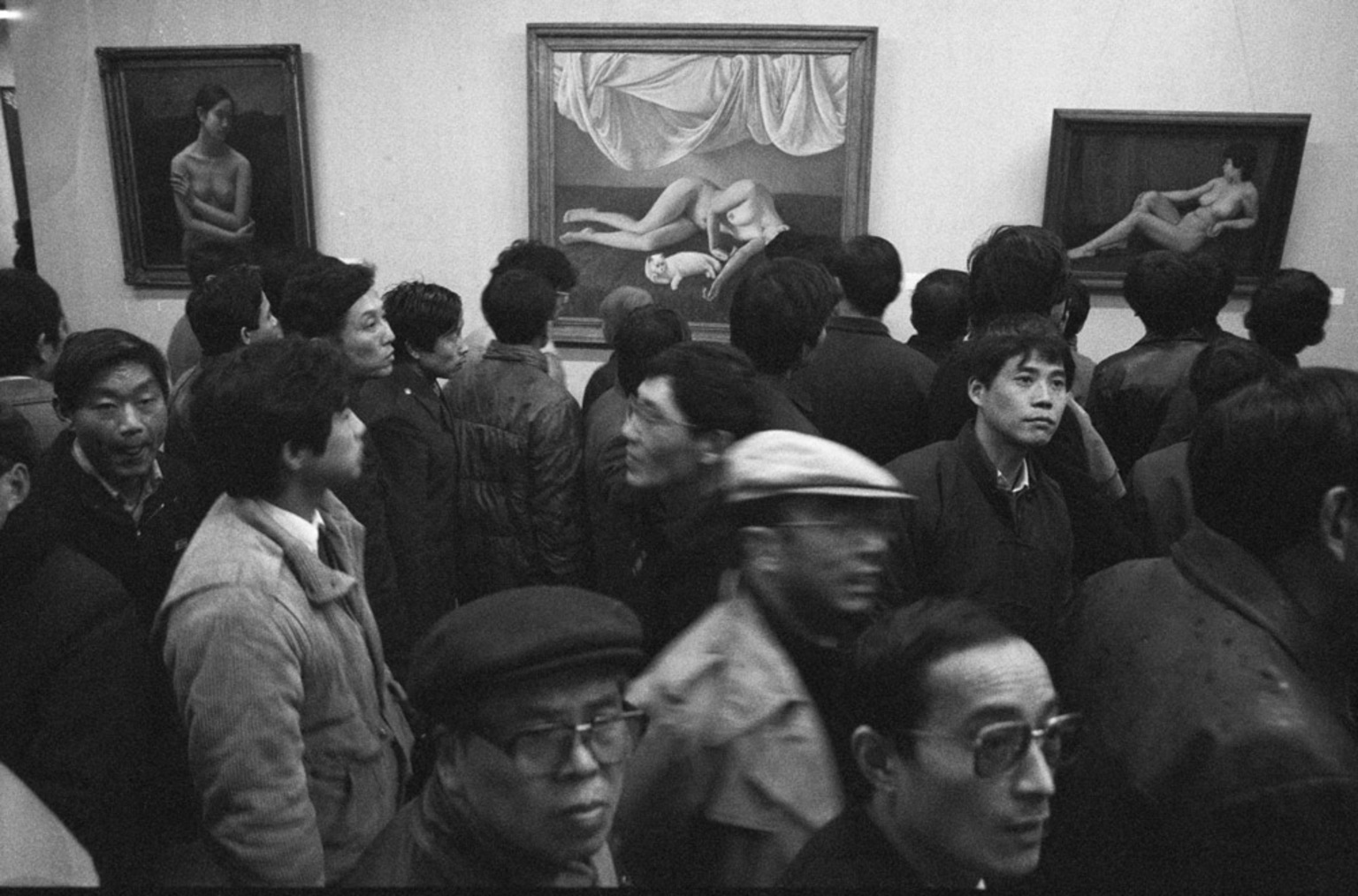Talk

Biljana Ciric: Artist Organized Exhibitions in Shanghai
History in the Making: Artist Organized Exhibitions in Shanghai and Their Contribution to Curatorial Practice
In China, the white cube gallery would not be introduced until after the year 2000, at which point it was strongly connected to the commercialization of the art scene. This reality remains true to this day. As such, artist-initiated exhibitions in China, rather than museums, acted as the sites for the production of knowledge—in contrast to the situation in the West, where museums, the development of modern and contemporary art, and the study of art history were very much interconnected. The prominence of the white cube space was further indoctrinated through the interconnectivity of the private art museum sector and the commercial gallery sector, and has since exerted great influence on curatorial practice and its approaches exhibition-making.
Departing from research compiled in the book A History of Exhibitions: Shanghai 1979-2006 looking at artists organized exhibitions in Shanghai between 1979-2006, the talk will evolve around an attempt to re-activate local knowledge and practice of artist led exhibition making. The talk brings together common threads from the larger context of exhibition making practice across the South East Asian region, as well as globally, with the aim to complicate the current global narrative and art history and ask: What is our current sense of urgency and how is this manifested in exhibition practices today?
About the speaker:
BILJANA CIRIC is an independent curator based in Shanghai and Belgrade.
She was the co-curator of the 3rd Ural Industrial Biennale for Contemporary Art (Yekaterinburg, 2015), curator in residency at Kadist Art Foundation (Paris, 2015) and a research fellow at Henie Onstad Kunstsenter (Høvikodden, 2016).
In 2013, Ciric initiated the seminar platform From a History of Exhibitions Towards a Future of Exhibition Making with a focus on China and Southeast Asia. The first assembly platform was hosted by St Paul St Gallery, AUT, New Zealand and the second assembly with a focus on the 1990s was hosted by RAM in November 2018.
Ciric is currently working on a final assembly related to the period after the year 2000 and the standardizations of exhibition making practice. This will be presented at Times Museum Guangzhou in 2019. A publication related to this long-term project will be published by Sternberg Press.
From 2019 onwards Ciric is launching the long-term project As you go . . . the roads under your feet, towards a new future (If you want to travel, build roads first) looking at the Chinese Belt and Road initiative and how it will change our aesthetics.
In 2018 she established the educational platform What Could/Should Curating Do.
Ciric was nominated for ICI Independent Vision Curatorial Award in 2012.
